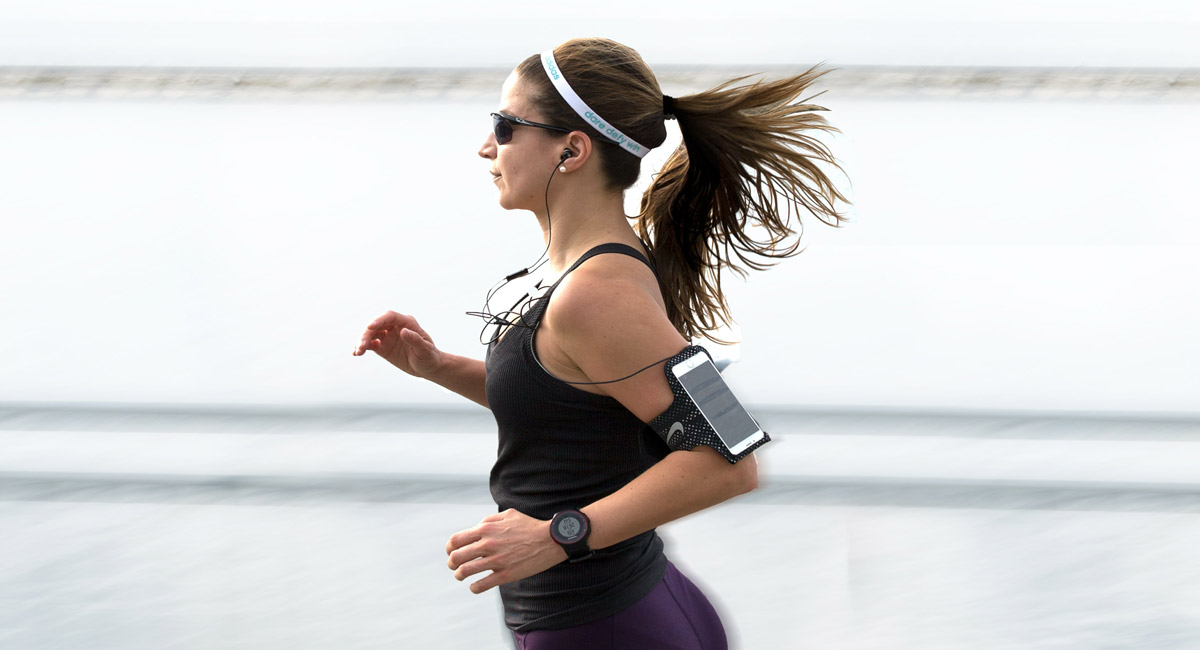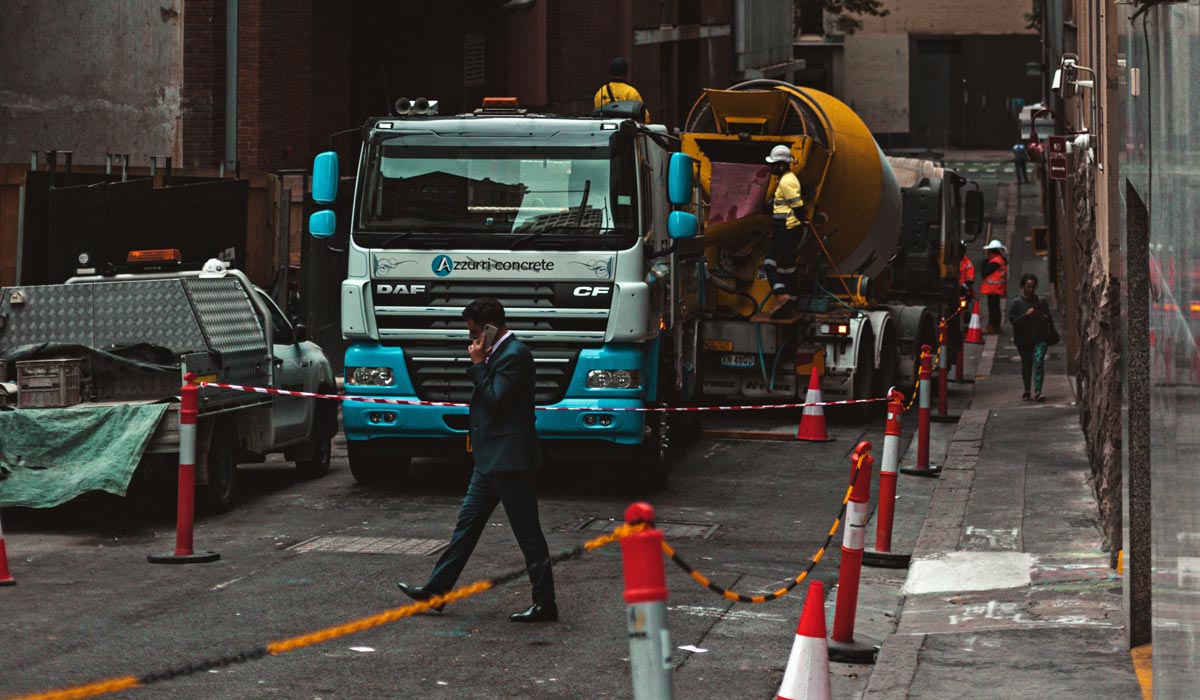Brisbane Olympics Construction
The Brisbane 2032 Olympics will herald a construction boom across SE QLD. With that comes increased risks to Vulnerable Road Users. Will SE QLD...

Across Australia, COVID-19 lockdowns have seen a massive uptake of bicycle riding which bodes well for the future of our cities. It highlights the need for better town planning, better road safety education, and better blind spot monitoring safety technology, particularly in heavy vehicles. Without this, our most vulnerable road users will be even more vulnerable.
While many in 2020 were focused on COVID-19 statistics, there were other, more positive, rising trends in our communities.
In Sydney’s inner city, bicycle riding has doubled in the last two years, while in Queensland, families in their droves took up riding as their daily outside exercise.
Retailers reported that bike sales were up between 50% and 500%, depending on the category of bike. Automated counters on Brisbane City Council’s (BCC) bikeway network were higher, by up to about 300% on some sections. According to research by Bicycle Queensland, 76% of people who took up riding during the pandemic ride on roads and bike networks, and 81% of new bicycle riders will continue riding to work post-pandemic because of the health benefits it provides. Source
This means there will be many more bicycles on our suburban roads in the coming decade, which will, over time, bring a range of benefits to our cities.
According to Bicycle Queensland CEO, Rebecca Randazzo, “We need to provide safe spaces for people to ride, and the time to act is now. This is an opportunity for all levels of Government to be bold, and to work together.”
At SGESCO-MAX, we agree that taking action over the next decade is crucial.
The federal government ‒ through its National Road Safety Strategy 2021–30, due soon ‒ state government transport departments, and local government authorities all have levers they can control to improve both the safety and experience of bycycle riding in our cities. This includes increasing safety regulations for heavy vehicles, similar to what is being advocated by the CLOCS-A initiative.
We have to be smart about how we transition our cities to supporting and protecting bicycle riders and other vulnerable road users (VRUs), particularly when it comes to heavy vehicles.
In WA, it is motorcycle riders who are by far the most vulnerable road user; however, in many states across Australia, including QLD, it is bicycle riders. According to Queensland’s Department of Transport and Main Roads, pedestrians and bicycle riders are over-represented in Queensland’s fatal and serious injury statistics. While less than 1% of related bicycle accidents are fatalities, heavy vehicles pose more risks to VRUs than cars due to their sheer weight, as well as the inherent blind spots that exist in the majority of Australia’s heavy vehicle fleet. Source

Less Congestion
A recent study of 100 European cities which had bike lanes, found that the more bike lanes a city builds the more bicycle riders you will get using them, taking people off the roads.
Comparatively, Rachel Aldred, a Professor of Transport at the University of Westminster, claims that widening roads to allow for more lanes of traffic has simply led to them being filled with cars. She also noted that when you re-think road design to provide more bycycle pathways more people take up riding, reducing the traffic on the roads and improving movement of people.
For example, during rush hour, the ‘bicycle superhighway’ on London’s Blackfriars Bridge accounts for 70% of all people moving across the bridge. In terms of approximate numbers, London’s busy streets will see on average 1000 vehicles an hour travelling along them, while these same streets will see on average between 3-5000 bicycle riders per hour.
A Better Safety Culture
The more people that ride bikes, the safer it becomes for each individual bicycle rider. In places with high levels of bicycle riding, such as the Netherlands and Denmark, the risk for bicycle riders is reduced, because drivers are more aware of riders and are more likely to be bicycle riders themselves. Alongside these insights comes a greater drive to improve conditions for bicycle riders through better infrastructure and lower speeds.
Health & Climate Benefits
Bicycle riding helps in the quest for a more active lifestyle by enabling physical exercise that can also impart positive mental health benefits. With more people riding rather than driving, emissions are also lower – as proven throughout the COVID-19 lockdowns in 2020 – and the air in our cities is cleaner. This, combined with better road and pathway infrastructure for active users, and safer heavy vehicles will make for more liveable cities.
At SGESCO-MAX we see there are Four Keys Ways to Support & Protect Bicycle Riders on our City Roads with safer heavy vehicles being one of those ways. This is an area we have specialised in for two decades. It is our piece of the pie because all we focus on is SAFETY.
Any heavy vehicle is designed to meet a huge number of objectives, for example, fuel efficiency, air dynamics / slipstreams, insulation and acoustics, comfort, safety, speed / cruise control, lane departure technologies – the list goes on – and in Australia includes compliance with Australian Design Rules (ADRs). This is what vehicle and chassis manufacturers, like Scania and Volvo and the like, grapple with, while also focusing on their differentiation and meeting a price point in the market. In this process, manufacturers prioritise design objectives and aim for the optimal attainment in each design area, knowing that there may well be trade-offs.
Next, in the process, come body builders that add the casing to a vehicle and the specific functionality to ensure it can do specific tasks, for example, in the waste management industry adding arms and levers to lift garbage bins.
At SGESCO-MAX our solutions are designed to address the safety shortfalls of heavy vehicles to better protect drivers, our most vulnerable road users, onsite workers, bystanders and property.
Most heavy vehicles on Australia’s roads – from delivery vans to cement trucks to large semi-trailers stocking our supermarkets – have extensive blinds spots.
Studies undertaken by Hanson Australia in 2020 of eight different heavy vehicle types found that an average height person (1.76 m tall) who is within two metres from the front of a vehicle or opposite side or corner CANNOT BE SEEN without the aid of additional mirror or camera technology. In some vehicles the blind spots and obstructed viewing area is nearly 50% of the surrounds of a vehicle.
Our Blind Spot Monitoring solutions use radars, ultrasonic sensors, cameras and in cabin screens to give broad coverage. The viewing distance can be set to 2.5 metres to ensure any VRU is seen. Our solutions also include audible alerts to the driver and people exterior to the vehicle. For example, when a heavy vehicle driver puts on their left indicator an exterior message can be played, warning, truck turning left. Inside the vehicle the system can tell the driver, warning person on your left, be that person a bicycle rider or pedestrian.
Making roads safer for bicycle riders and motorbike riders involves a two-pronged approach with respect to heavy vehicles:
1. Upgrading Australia’s existing fleet with cost-effective solutions – like the SGESO-MAX range – that remove blind spots and alert VRUs of heavy vehicle proximity and intentions.
2. Designing new vehicles first and foremost with safety in mind, e.g., blind spot monitoring fit for purpose, artificial intelligence cameras linked to active braking, and larger windows and lower cabs. A common view held by bicycle riders is ‘I need to see you see me’. Bicycle riders feel much safer knowing a driver is aware of them.
New heavy vehicles in Australia are starting to incorporate the best safety technology available, drawing from global design standards and advances in car safety, e.g., automatic lane alerts to drivers and automatic braking in certain situations. In Australia, new waste management heavy vehicles are leading the way. Companies such as Hanson, Suez and Cleanaway, which we work with, are incorporating blind spot monitoring technology into the build of new vehicles and doing rigorous testing to enhance the safety of their vehicles with respect to our most vulnerable road users.
They are part of a multifaceted approach that also needs to involve:
Explore these initiatives and how SGESCO-MAX fits into the puzzle in Part 2 of our Better Safer Cities article coming soon.

The Brisbane 2032 Olympics will herald a construction boom across SE QLD. With that comes increased risks to Vulnerable Road Users. Will SE QLD...

Every so often we are profoundly reminded about why we do what we do here at SGESCO-MAX: create safety solutions for protecting vulnerable road users...

Australia’s heavy vehicle fleet will likely undergo a major transformation in the next decade to meet a number of road safety and climate objectives.